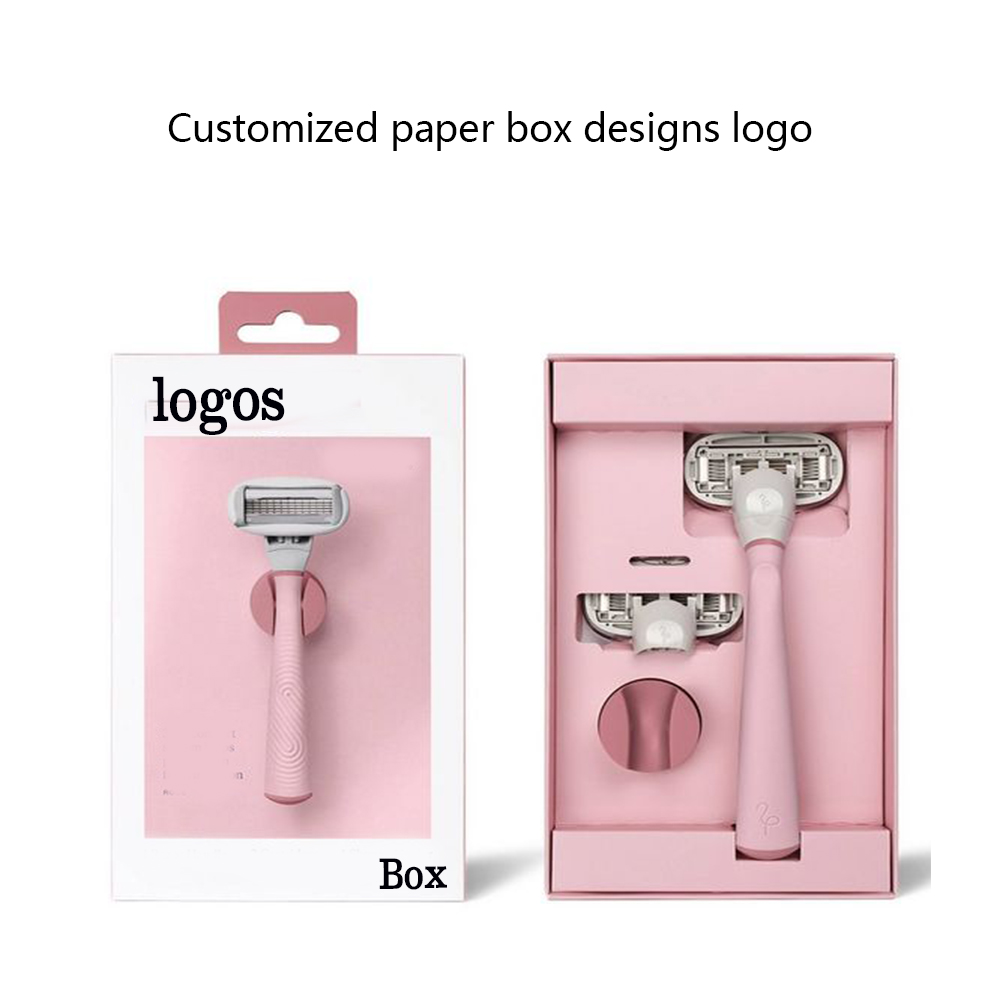Packaging Insights
A Brief History of Printing
Printing, a cornerstone of human communication and dissemination of information, has a long and rich history that spans several millennia. This essay explores the evolution of printing from its ancient origins to the modern digital age, highlighting significant developments and their impact on society.
Ancient Beginnings
The earliest forms of printing can be traced back to ancient civilizations. Around 3500 BCE, the Mesopotamians used cylinder seals to create impressions on clay tablets. These seals, often made of stone or metal, were rolled over wet clay to produce repeated images or inscriptions. This method, though rudimentary, laid the groundwork for later printing techniques.
In China, during the Han Dynasty (206 BCE – 220 CE), the concept of block printing emerged. The Chinese used wooden blocks to carve characters and images, which were then inked and pressed onto paper. The Diamond Sutra, printed in 868 CE, is the oldest known printed book using this technique. Block printing spread across Asia, influencing neighboring cultures and setting the stage for further advancements.
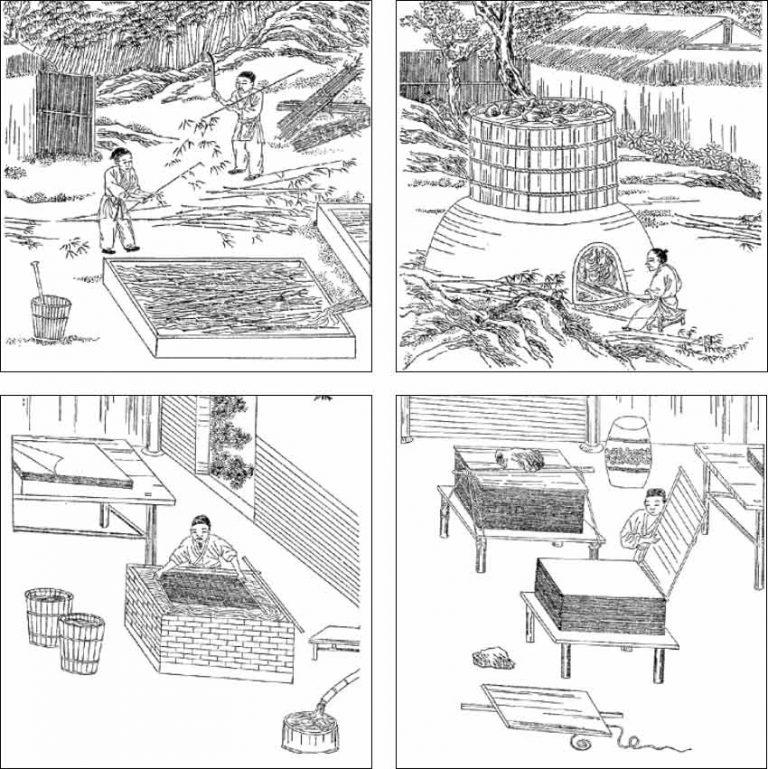
The Advent of Movable Type
One of the most significant milestones in the history of printing was the invention of movable type. While Bi Sheng, a Chinese inventor, developed the first movable type system around 1040 CE using clay, it was Johannes Gutenberg's innovation in the mid-15th century that revolutionized the process. Gutenberg's movable type printing press, made of metal, allowed for the mass production of books and documents. His famous work, the Gutenberg Bible, printed around 1455, marked the beginning of the "Gutenberg Revolution."
Gutenberg's invention had profound effects on European society. It democratized knowledge, making books more accessible and affordable. The spread of printed materials facilitated the dissemination of ideas, contributing to the Renaissance, the Reformation, and the Scientific Revolution. The printing press became a catalyst for social and cultural transformation, laying the foundation for the modern knowledge-based society.
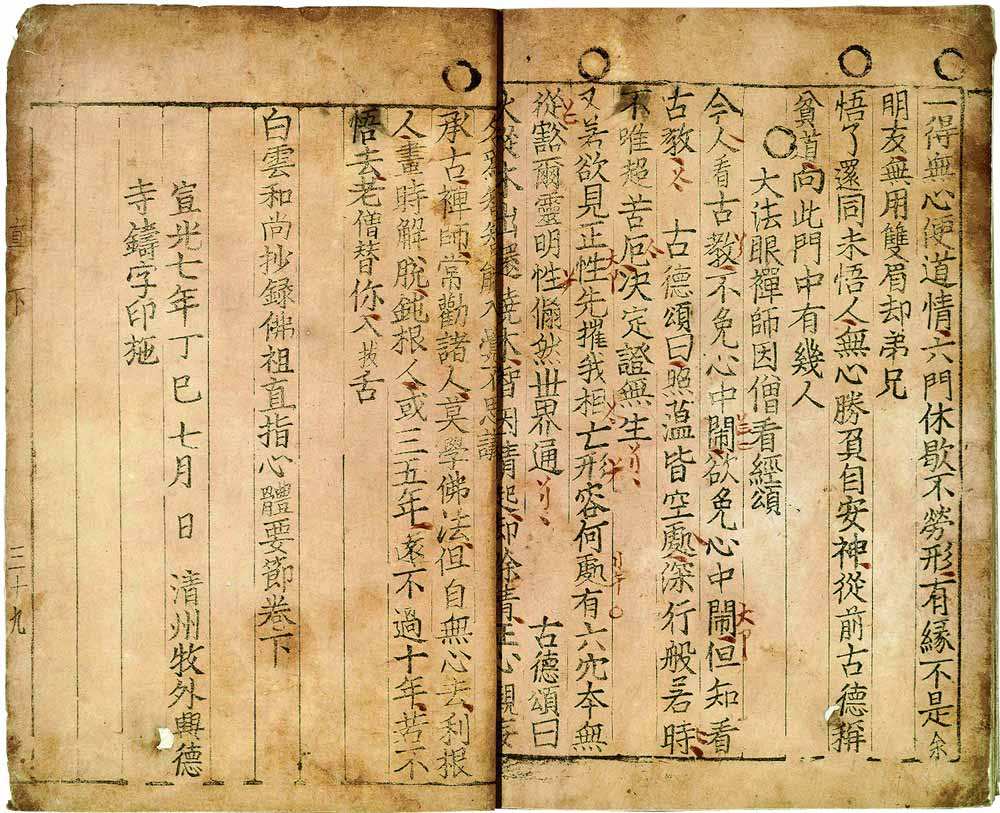
Printing in the Early Modern Period
The early modern period saw significant advancements in printing technology and techniques. The introduction of copperplate engraving in the 16th century allowed for more detailed and intricate illustrations in books. This method, involving the engraving of images onto copper plates, was particularly popular for producing maps and scientific diagrams.
The 17th and 18th centuries witnessed the rise of the printing industry in Europe. Innovations such as the steam-powered printing press, developed by Friedrich Koenig in 1812, increased the speed and efficiency of printing. This period also saw the emergence of newspapers and periodicals, which played a crucial role in shaping public opinion and fostering communication.

The Industrial Revolution and Beyond
The Industrial Revolution brought about transformative changes in printing technology. The invention of the rotary press by Richard Hoe in 1843 enabled continuous printing on rolls of paper, significantly boosting production rates. The development of the linotype machine by Ottmar Mergenthaler in 1884 further revolutionized the industry by automating the typesetting process. These innovations made printed materials more widely available and affordable, further expanding literacy and education.
The 20th century saw the rise of offset printing, which became the dominant method for high-volume printing. Offset printing, involving the transfer of ink from a plate to a rubber blanket and then onto paper, provided superior quality and versatility. This period also marked the advent of color printing, allowing for vibrant and visually appealing publications.
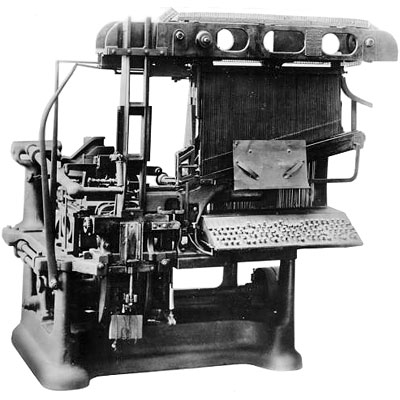
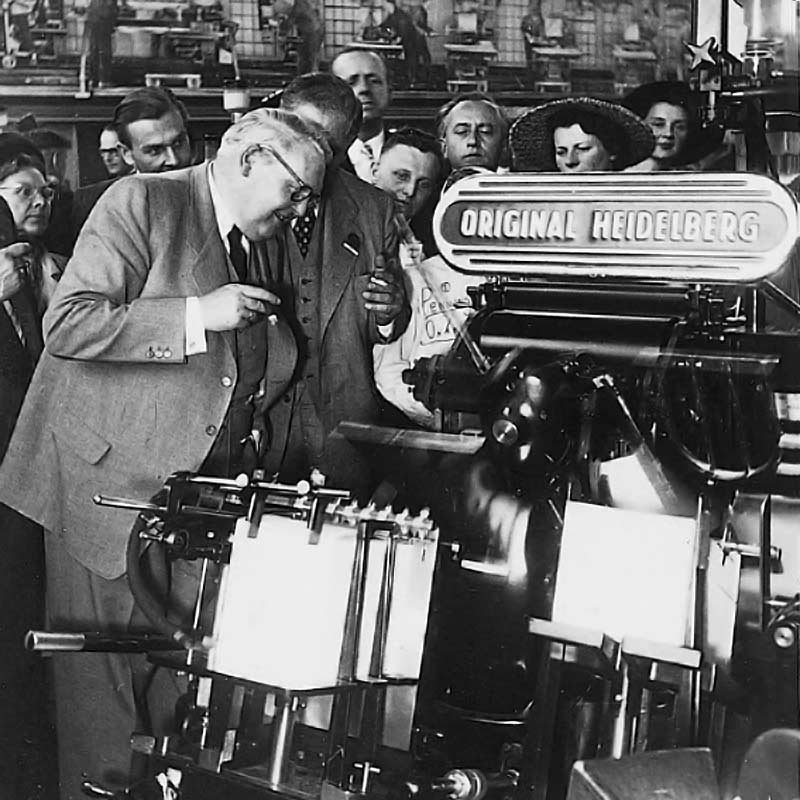
The Digital Age
The latter part of the 20th century and the early 21st century witnessed the advent of digital printing, revolutionizing the industry once again. Digital printing, which involves transferring digital images directly onto various substrates, offers unparalleled flexibility and speed. This technology has enabled the production of short print runs and personalized content, catering to the demands of a rapidly changing market.
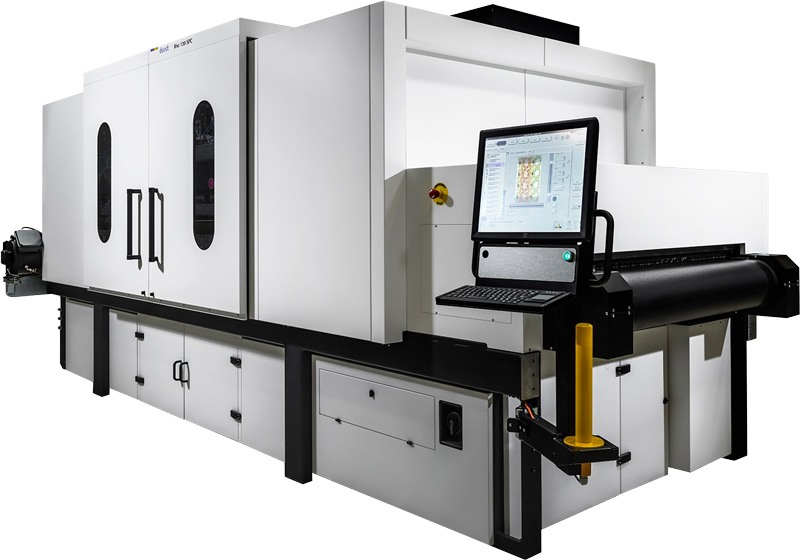
The rise of the internet and digital media has also transformed the landscape of printing. While traditional print media faces challenges from digital alternatives, printing remains a vital component of modern communication. Digital printing technologies, such as inkjet and laser printing, have found applications in various fields, from packaging and advertising to textile and 3D printing.
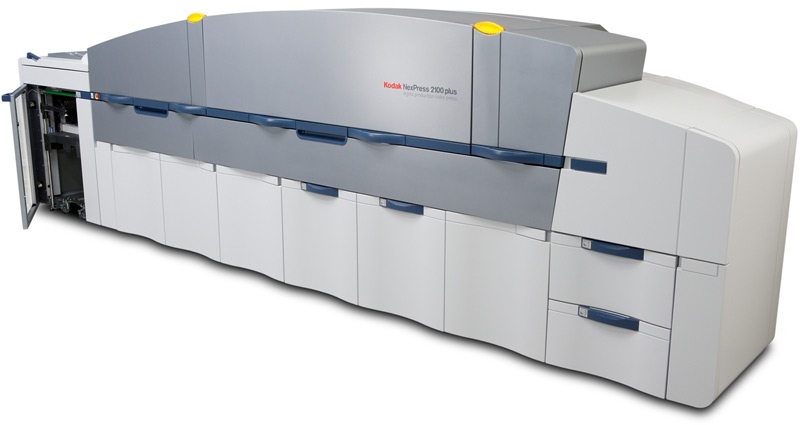
The Future of Printing
The future of printing is poised to be shaped by continued technological advancements and evolving market demands. Innovations such as 3D printing, which allows for the creation of three-dimensional objects layer by layer, hold immense potential for industries ranging from manufacturing to healthcare. Additionally, sustainable printing practices, including the use of eco-friendly materials and processes, are gaining importance in response to environmental concerns.
As printing technology continues to evolve, it will remain an essential tool for communication, education, and creative expression. The ability to adapt to changing needs and integrate with digital technologies will be crucial for the future success of the printing industry.
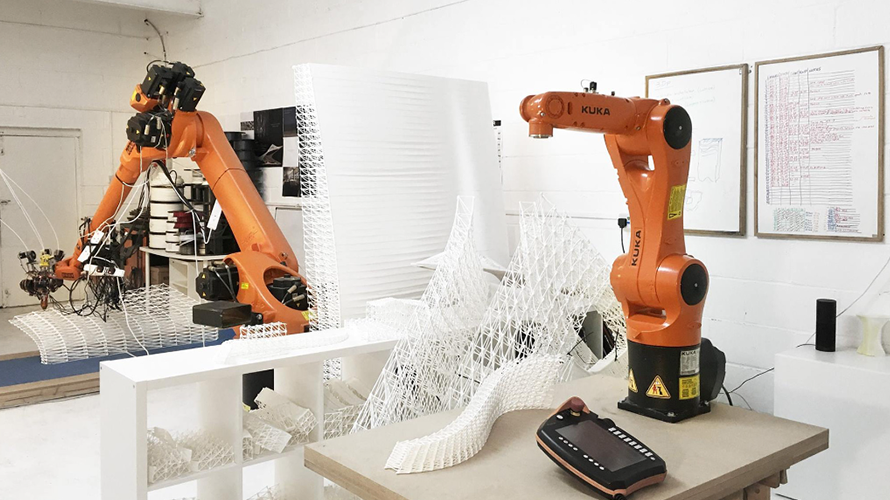
Conclusion
The history of printing is a testament to human ingenuity and the relentless pursuit of knowledge. From the ancient cylinder seals of Mesopotamia to the cutting-edge digital printing technologies of today, printing has played a pivotal role in shaping human civilization. As we move forward, the continued evolution of printing will undoubtedly open new horizons, fostering innovation and connectivity in an ever-changing world.




